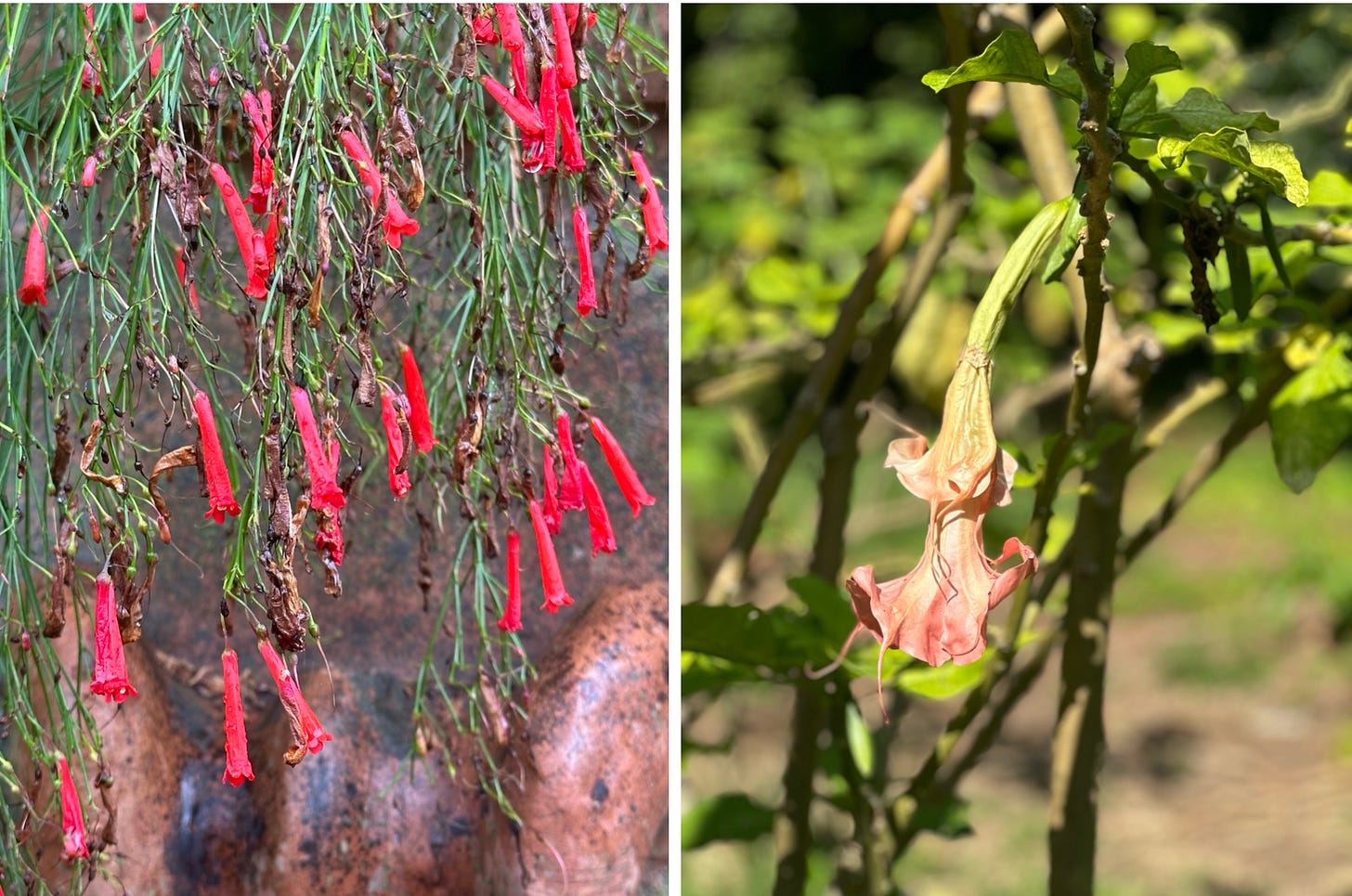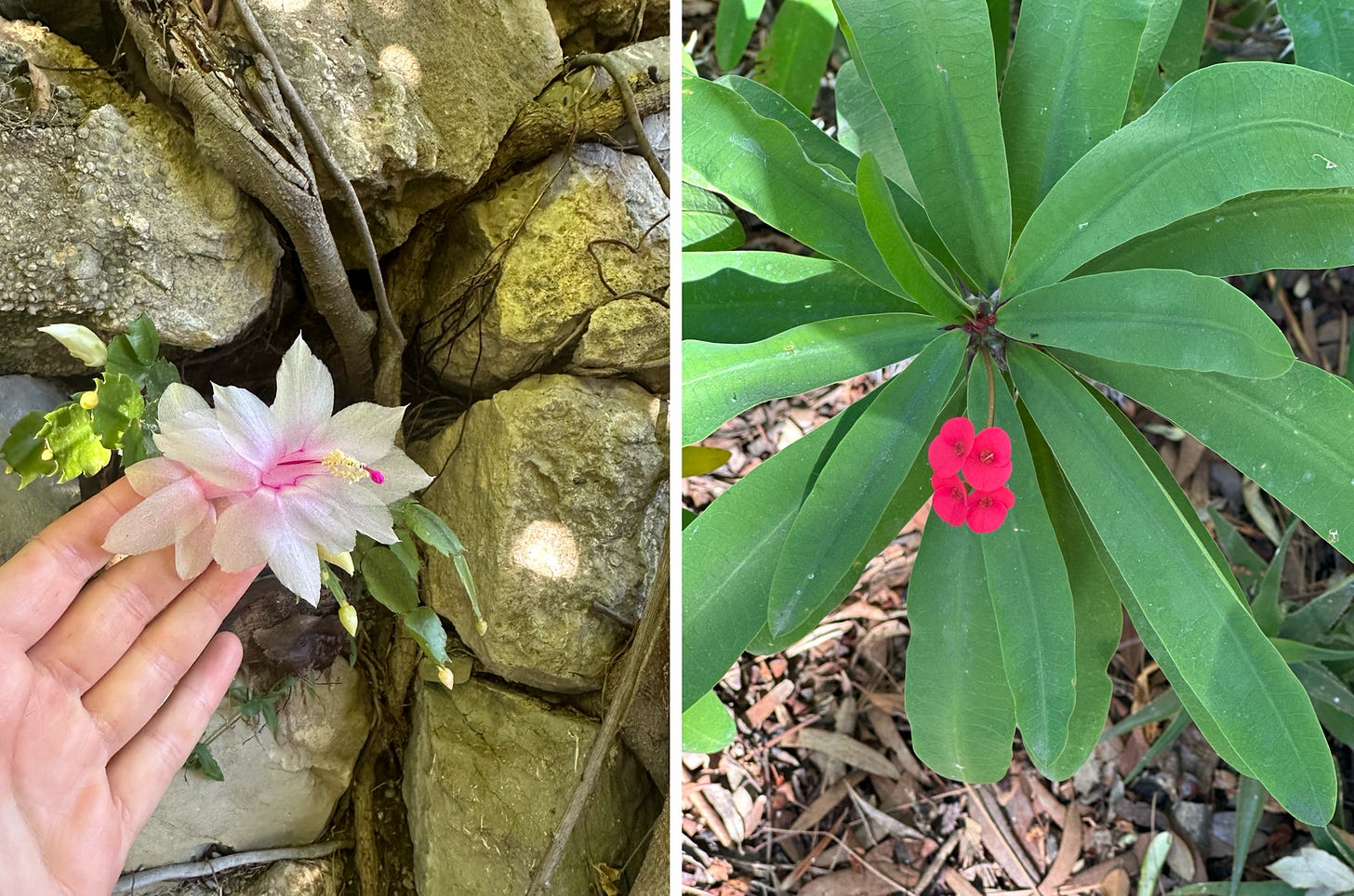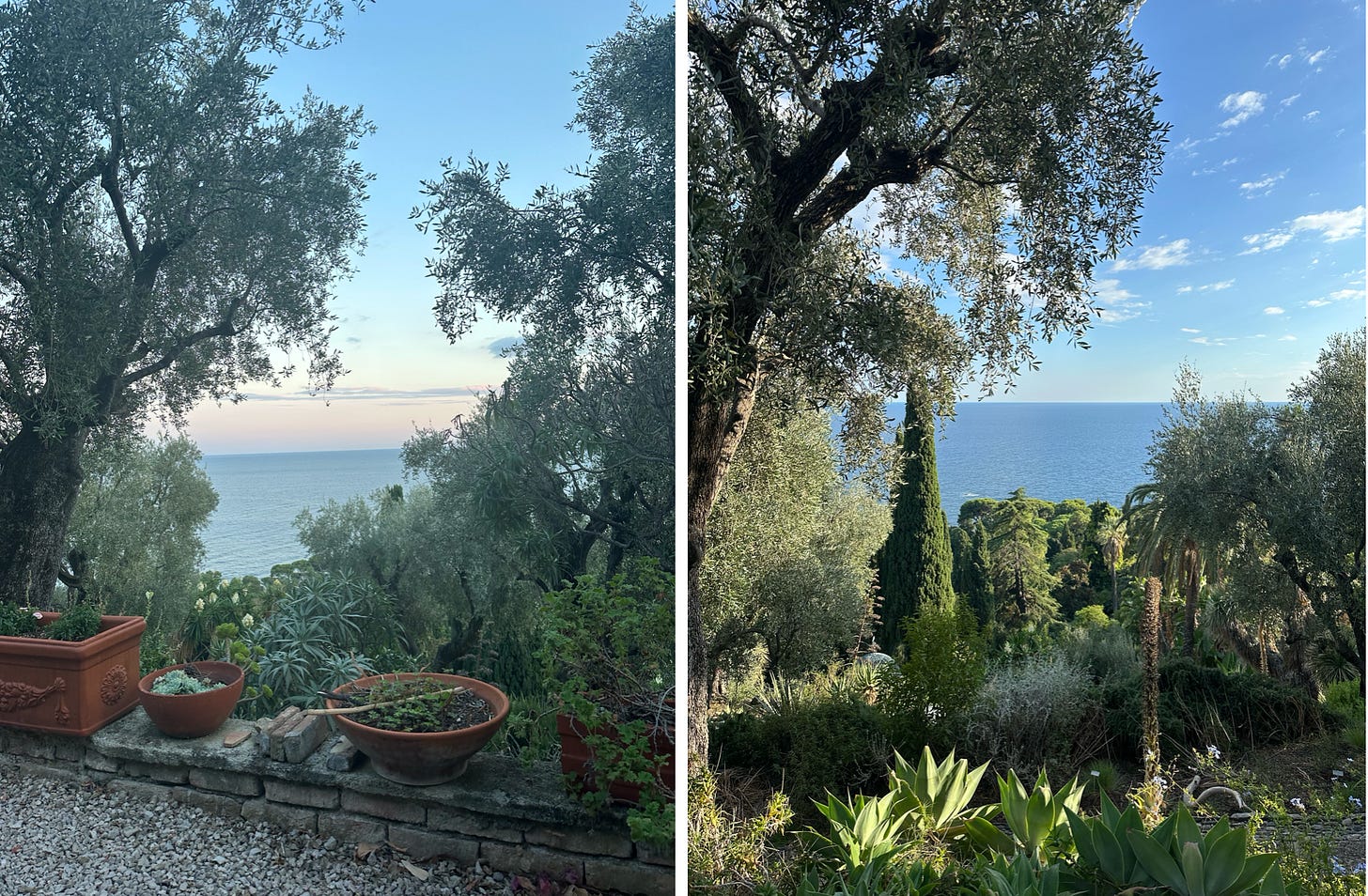“A man must have designed these yoghurt pots as they are completely inadequate in their function.” Carolyn was scooping out yoghurt from a pot for our breakfast. We were shortly to hop in the car to drive to France for further dairy products. “You may as well come with me now seeing as Ursula will never take you into France. As far as Ursula is concerned, Italy is better in every way.”
While we ate Carolyn explained the relative pros and cons of the supermarkets in France vs. the supermarkets in Italy. France being good for butter, baguettes, cheese and crème fraîche; Italy being cheaper for most things, especially alcohol, and beating France in terms of fresh fruit and vegetables and composite Italian food products like biscotti anyway.
We hopped in the car and sped off to the French supermarket that is closest to the Italian frontier in a journey that lasted less than 10 minutes. Carolyn sought out the items on her list while I perved on the marron flavoured yoghurt and the double door display fridge of beurres.
We then got back in the car and drove to her local Italian supermarket, a place which Ursula had pointed out to me sadly while noting that the proprietor was “like Scrooge” – always open to sell to people, even on Christmas Day. Carolyn told me she loved the place and the amazing work ethic of the proprietor.
Apparently in summer there are often great queues of French people at this establishment on a quest for booze and cigs. It has two full length aisles of very reasonably priced liquor, while the tabacchi is so comprehensive as to be located in an antechamber with boxes of cigarettes displayed 360 around the till.
Anyway, the roads outside are usually quite busy, especially considering the chaotic edition of a mini roundabout right outside the front doors, and parking spots are precious few. “Now please let me find a parking space right outside otherwise I shall be furious,” Carolyn’s appeal to the universe fell upon deaf ears and was shortly followed by a mildly cross “Damn, damn, damn”.
~
I spent that week helping Carolyn in her own garden, a private space at the top of the Hanbury, doing nice jobs like pruning the Acacia x hanburyana (mainly of a build up of dead wood) to bring it light and shape. This acacia first appeared in the garden from a natural cross between Acacia dealbata and Acacia Podalyriifolia, two of the many acacias brought in from Australia and planted largely in the Australian Wood area that was established early on, in the time of TH (Sir Thomas Hanbury). I love acacias and this is a particularly beautiful one, with silvery leaflets and such an elegant habit.
I also began work cutting back a large and dense Arbutus which was really hindering passage along the path, as well as the healthy growth of the low evergreen hedge beneath it. I didn’t tackle it too hard, though, as it was just about to start fruiting. After one grey day the sun made a comeback and I felt pretty smug with its rays on my arms and face, looking out from such a height towards the glittering Mediterranean.
~
Living with Carolyn that week gave me a glimpse into the busy life she had taken on by being Lady Hanbury. I helped with gardening, but I also helped to prepare lunches and teas for visitors interested in the botanic garden and its story, demonstrated how to send images of the garden off to some TV documentarists using WeTransfer and shared an opinion on which shoes she should wear with her dress to achieve ultimate ‘Bella Figura’-ness at a plaque replacement ceremony for the TH statue in town.
Since taking on the Hanbury title and moving with her husband to La Mortola in 1995, Carolyn had embraced a life dedicated to the family of the man she had married and who had tragically died soon after they had made the big move.
~
On Wednesday mornings during my time in Italy I joined the weekly group of gardening volunteers at The Hanbury, a lovely international bunch, to help in the garden. This ensured I kept an eye on how different plants came into their own at different stages across the weeks. I enjoyed the bright red blooms of Russellia equisetiformis and many flowering Brugmansia species in September, and then in late November gleaned much pleasure from the curling pods on the deciduous Gleditsia sinensis (Chinese honey-locust).
But time spent working in and enjoying the garden also underlined how it is less tended now than in TH's time, when masses of Italian locals were employed to work there as gardeners and there were constant additions of new plants from across the globe. Nowadays the garden is under the supervision of the University of Genoa, an institution that operates hours away from La Mortola and doesn’t have the money to invest in it.
The Hanbury’s small team of local gardeners do not have a head gardener to report to on a day-to-day basis and each are assigned a separate area of the garden to look after, meaning there is minimal motivation, encouragement or engagement with how best to develop and care for the garden.
Every week we’d work on a new area that usually involved a relentless and losing battle with a rampant tangle of Senecio deltoideus alone, as well as many other kinds of weeds alongside unruly shrubs. Several plants over the years have died because there isn't enough care, knowledge or money being put into them. One of the volunteers told me that they’d spent weeks the previous year clearing out an area that was to be planted up as a herb garden. It had been left unplanted, though, and so now the same job needed to be done over again.
~
Despite doing my best to help out Carolyn in the various ways I was able she was also very generous with the time she gave to me over that first week. One afternoon she dropped me off at the nearby Jardin du Val Rahmeh in Menton so I could spend some hours walking through this most luxurious botanical garden, basking in its verdant swathes of palms and cycads, and its vividly blooming array of exotic plants.
On another day after lunch we set off on foot to go sea swimming. This involved walking down an increasingly steep incline which eventually became a simple dust slope accompanied by a network of ropes to help decelerate our galloping descent. Carolyn was nevertheless game to continue in order to reach the choppy and refreshing late September waters.
A job that became a repeated habit every time I popped by was helping Carolyn to harvest kaki fruit (Diospyros kaki, persimmons) from the tree in her garden. This involved me climbing up a small step ladder armed with a long-handled pruner to fling around until I managed to hook it onto the stem of the right fruit – at which point Carolyn would unfailingly shriek “HOLD ON!!” – while trying to stand directly below the fruit with a basket to cushion its fall. This was hot and wobbly work and the pair of us must have looked vaguely humorous while undertaking it: one blinking into the sun and waving around a giant stick at the top of a ladder, the other blinking into the sun and clutching a straw basket while running around below.
One of the nicest foods I tried in Italy were these home grown persimmons: so sweet and smooth they tasted like some kind of caramel custard rather than any fruit I know. I will never again be able to eat UK supermarket persimmons as they are a totally different, tasteless yet cloying, beast. Another delectable pudding was made from the Dovyralis caffra tree growing near the entrance of the Hanbury. This fruit is too sour on its own but, when stewed down with sugar and a dash of lemon and served with a dollop of crème fraîche, it's a truly life changing pud.
Those days spent in a home whose windows gazed down to the Palazzo Orengo and out across the Med allowed me to savour one of the best views I've ever experienced. G&T in hand with Carolyn before sunset, I was able to see why she devoted her time to preserve and promote this exceptional garden. And indeed, the garden is very lucky to have such a brilliant spokesperson fighting its corner.
~
I continue to marvel at the existence of the Giardini Botanici Hanbury. How lucky that it was created on such a grand and sweeping scale back in 1867, and perhaps even more so that it has had enough support to continue existing when so many other amazing gardens have been lost to time and poverty.
In addition to this, we have The Hanbury to thank for acting as lodestar to the many other beautiful gardens that began mushrooming up on the Franco-Italian Riviera in subsequent years. To name just a few, the Jardin du Val Rahmeh (pictured above) and indeed Boccanegra, as well as Les Colombières in Menton, where I was also lucky enough to spend a week at work. I am not sure any of these gardens would exist without it.
The Giardini Botanici Hanbury is a must-see if you're ever in this area of the world: visit it to enjoy its amazing collection of plants, particularly drought-lovers, its stunning topography and views, and its history that seeps into beautiful statuary, monuments and even trees: the realisation of an extraordinary vision dreamed up by an extraordinary man.













